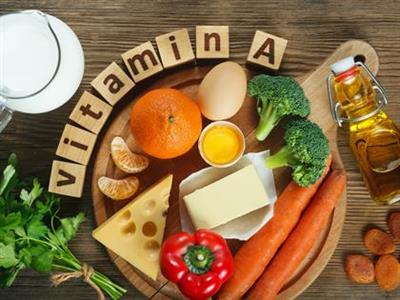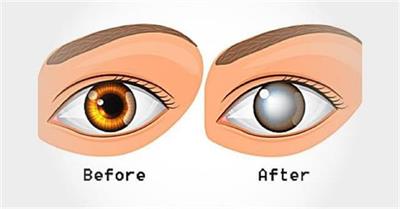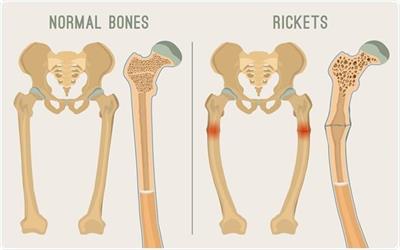
PUMPA - SMART LEARNING
எங்கள் ஆசிரியர்களுடன் 1-ஆன்-1 ஆலோசனை நேரத்தைப் பெறுங்கள். டாப்பர் ஆவதற்கு நாங்கள் பயிற்சி அளிப்போம்
Book Free DemoVitamins are vital nutrients essential for carrying out different biochemical reactions in the body. It is required in minute quantities to perform specific physiological and biochemical functions. It makes the body's immune system to fight against the disease. Vitamins are thus called protective food.
Example:
Fruits, vegetables, whole grains, meat products are sources of vitamin.
There are six major vitamins available in foods such as vitamin \(A\), vitamin \(C\), vitamin\(D\), vitamin \(E\), vitamin \(K\), and vitamin \(B\) group such as vitamin \(B1\), \(B12\), \(B2\), etc.
Important!
Dr Casimir Funk introduced the term vitamin. He was an American biochemist. Vitamin \(A\) was the first discovered vitamin. Thus, it was given the first letter of the alphabet.
The vitamin \(B\) and \(C\) are water-soluble, while the other vitamins \(A\), \(D\), \(E\), and \(K\) are fat-soluble.
Fat-soluble vitamins
Vitamin \(A:\)
Vitamin \(A\) is a fat-soluble vitamin good for vision, skin, immune system, and cells' growth. Vitamin \(A\) is also called as Retinol. Vitamin \(A\) is vital for effective eyesight and to keep skin healthy.
Example:
The sources of vitamins include fish liver oil, egg yolk, milk and dairy products like ghee, carrot, papaya, mango, corn, green leafy vegetables, liver and orange and yellow fruits/vegetables.

Vitamin A sources
Vitamin \(A\) deficiency symptoms include poor vision, dryness of cornea, scaly skin, and difficulty in seeing in the night (dim light). Vitamin \(A\) is necessary for the formation of pigment in the retina.
The deficiency (inadequate uptake/lack/shortage) of vitamin A cause Xerophthalmia and Nyctalopia (night blindness). Xerophthalmia is a condition where the eyes become dry. "Xeros" in Greek means dry. It is a progressive disease that starts with night blindness and dryness of the eye membrane, progress to dryness of the cornea and later causes softening of the cornea.

Deficiency in Vitamin A causes night blindness
Vitamin \(D\):
Vitamin \(D\) is a fat-soluble vitamin present in a few foods like eggs, liver, milk, mushroom, yoghurt, fishes like salmon and mackerel, and cod liver oil, and it is also called as Calciferol. It is synthesized endogenously in the skin using UV rays (sunlight).
Important!
Human skin synthesizes calciferol when the sun rays fall on the skin. During the exposure, dehydrocholesterol is converted to Vitamin \(D\). VitaminD is thus called sunshine vitamin.
Vitamin D promotes the absorption of calcium and phosphorus in the gut to improve bone strength and enables normal bone mineralization.

Vitamin D sources
The symptoms of Vitamin D deficiency causes muscle weakness, pain, weak, flexible bones, bow legs, defective ribs, and development of pigeon chest. The deficiency of Vitamin D causes rickets. Rickets is a bone disease that affects young children and infants. Vitamin D is deficient leads to the lower absorption of calcium.
The child's growing bones fail to develop properly due to the shortage or lack of vitamin D. This results in soft and weakened bones, fractures, bone and muscle pain, and bone deformities.

Bones bent due to rickets
Important!
Sunscreen lotion reduces the ability of the skin to produce vitamin D by up to nearly \(95\)%. This leads to a deficiency in Vitamin D in the body.